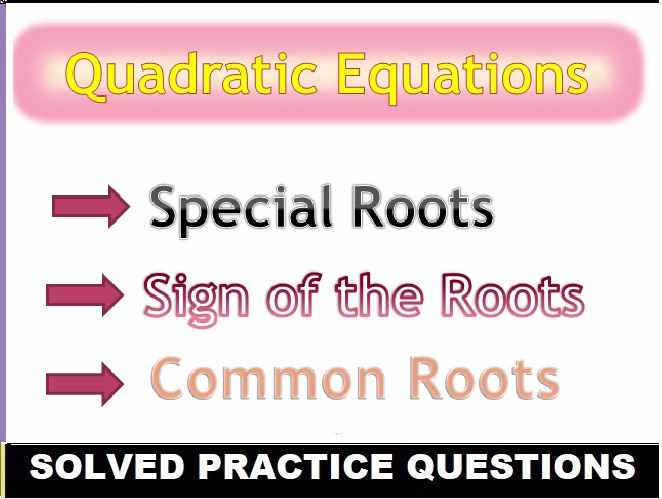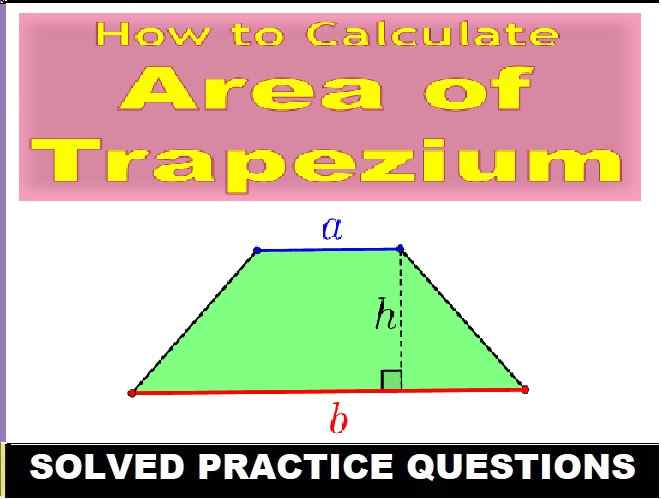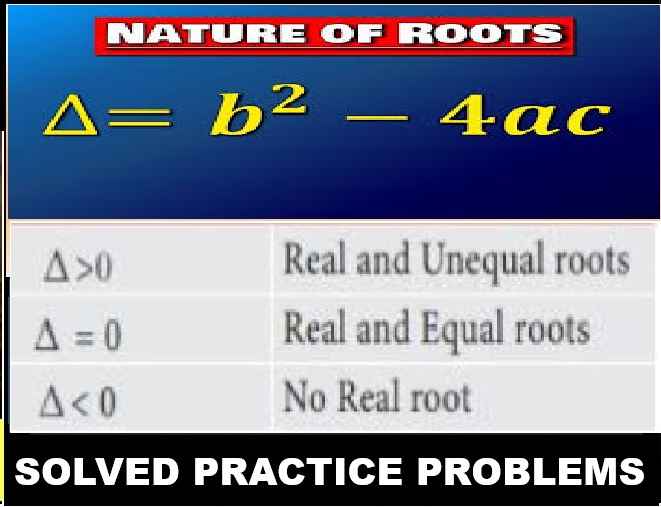Cell : The Unit of Life MCQs Biology Class-9 ICSE Selina Publishers Solutions Chapter-2. Step By Step ICSE Selina Concise Solutions of Chapter-2 Cell : The Unit of Life with Exercise-2 including MCQs, Very Short Answer Type, Short Answer Type, Long Answer Type and Structured/Application Questions Solved . Visit official Website CISCE for detail information about ICSE Board Class-9.
Cell : The Unit of Life Exe-2 MCQs Biology Class-9 ICSE Concise Selina Publishers
| Board | ICSE |
| Publications | Selina Publication |
| Subject | Biology |
| Class | 9th |
| Chapter-2 | Cell : The Unit of Life |
| Book Name | Concise |
| Topics | Solution of A. MCQs Type |
| Academic Session | 2023-2024 |
A. Multiple Choice Type
Cell : The Unit of Life Class-9 Biology Concise Solutions
Page 20
Question 1. Choose the correct answer from the options given below:
(a) All life starts as
(i) an egg
(ii) a single cell
(iii) a gene
(iv) a chromosome
Answer:
(ii) a single cell
(b) Which one of the following is found both in the cells of a mango plant and a monkey?
(i) chloroplasts
(ii) centrioles
(iii) cell wall
(iv) cell membrane
Answer:
(iv) cell membrane
A. Multiple Choice Type
Cell : The Unit of Life Class-9 Biology Concise Solutions
Page 21
(c) Which one of the following cell organelles is correctly matched with its function?
(i) Ribosomes Synthesis of proteins
(ii) Mitochondria Secretion of enzymes
(iii) Plasma membrane Freely permeable
(iv) Centrosome Carries genes
Answer:
(i) Ribosomes ![]() Synthesis of proteins
Synthesis of proteins
(d) A plant cell can be identified from an animal cell by the
(i) absence of centrosome
(ii) presence of cell membrane
(iii) presence of vacuoles
(iv) none of the above
Answer:
(i) absence of centrosome
(e) Plant cell has a cell wall made of
(i) Protein
(ii) Fructose
(iii) Cellulose
(iv) Fatty acids
Answer:
(iii) Cellulose
(f) The cell organelle that helps in respiration of the cell is
(i) Mitochondria
(ii) Lysosome
(iii) Ribosome
(iv) Centrosome
Answer:
(i) Mitochondria
(g) Which of the following organelles is involved in the formation of the acrosome of a sperm?
(i) Dictyosome
(ii) Centrosome
(iii) Lysosome
(iv) Golgi apparatus
Answer:
(iv) Golgi apparatus
(h) Which part of the nucleus participates in protein synthesis?
(i) Nuclear membrane
(ii) Nucleolus
(iii) Nuclear pore
(iv) Nucleoplasm
Answer:
(ii) Nucleolus
(i) The pigment which is not found in plastids is :
(i) Xanthophyll
(ii) Carotene
(iii) Anthocyanin
(iv) Chlorophyll
Answer:
(iii) Anthocyanin
(j) The tubules of Golgi complexes are technically termed as
(i) Cisternae
(ii) Microtubules
(iii) Cristae
(iv) Vesicles
Answer:
(i) Cisternae
— : End of Cell : Unit of Life A. MCQs Answer Class-9 ICSE Biology Solutions :–
Return to Return to Concise Selina ICSE Biology Class-9
Thanks
Please share with your friends


